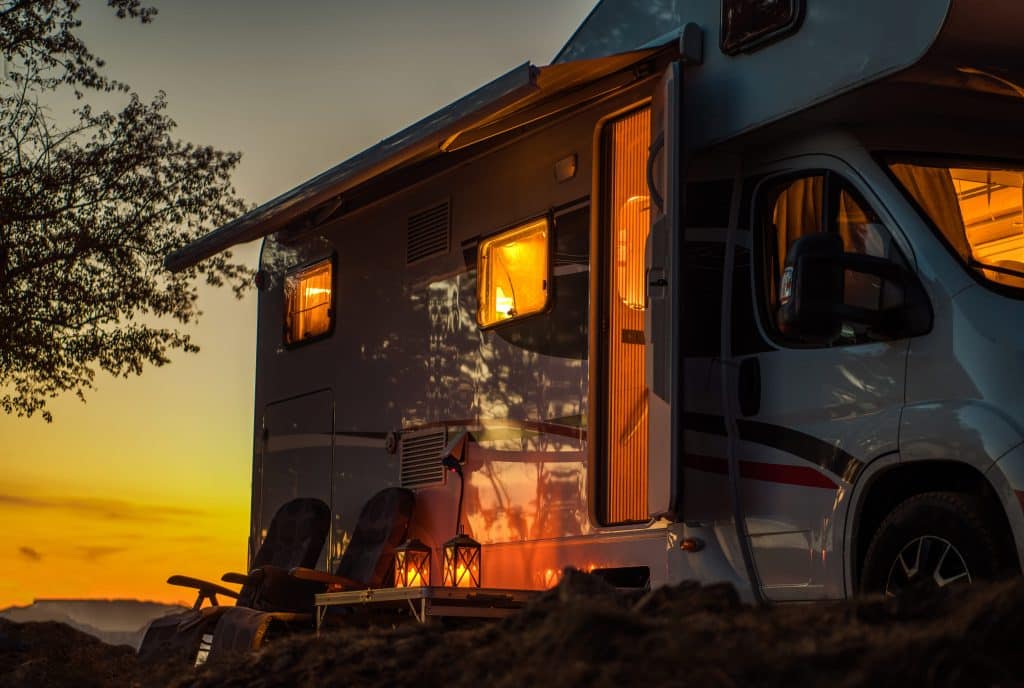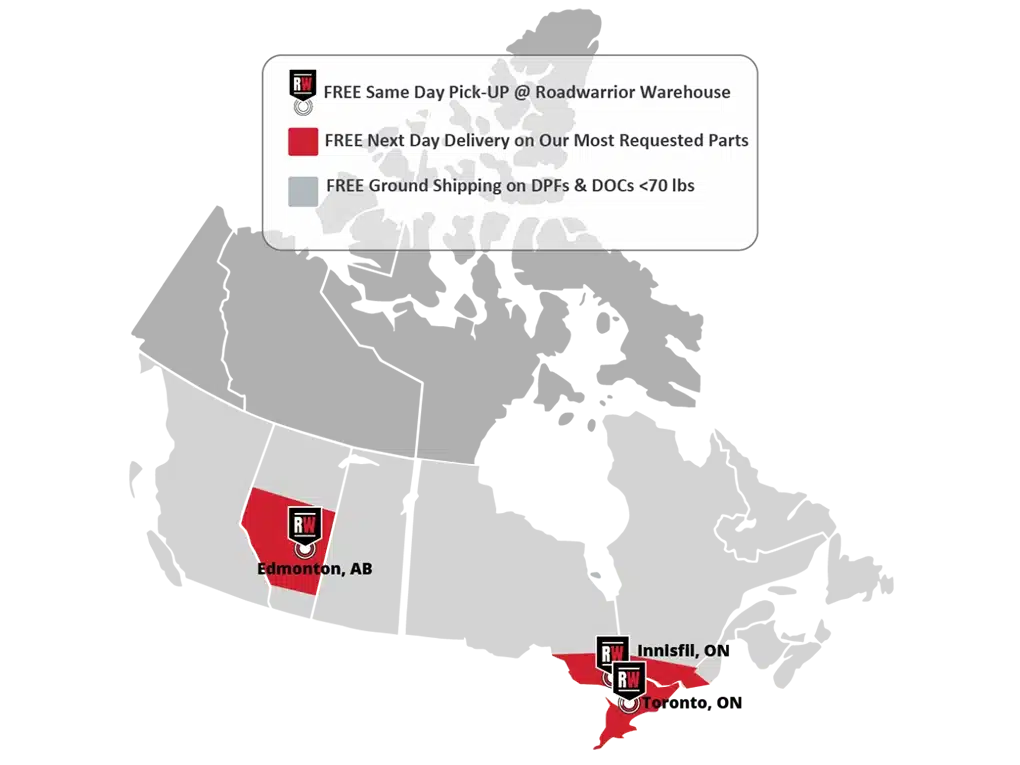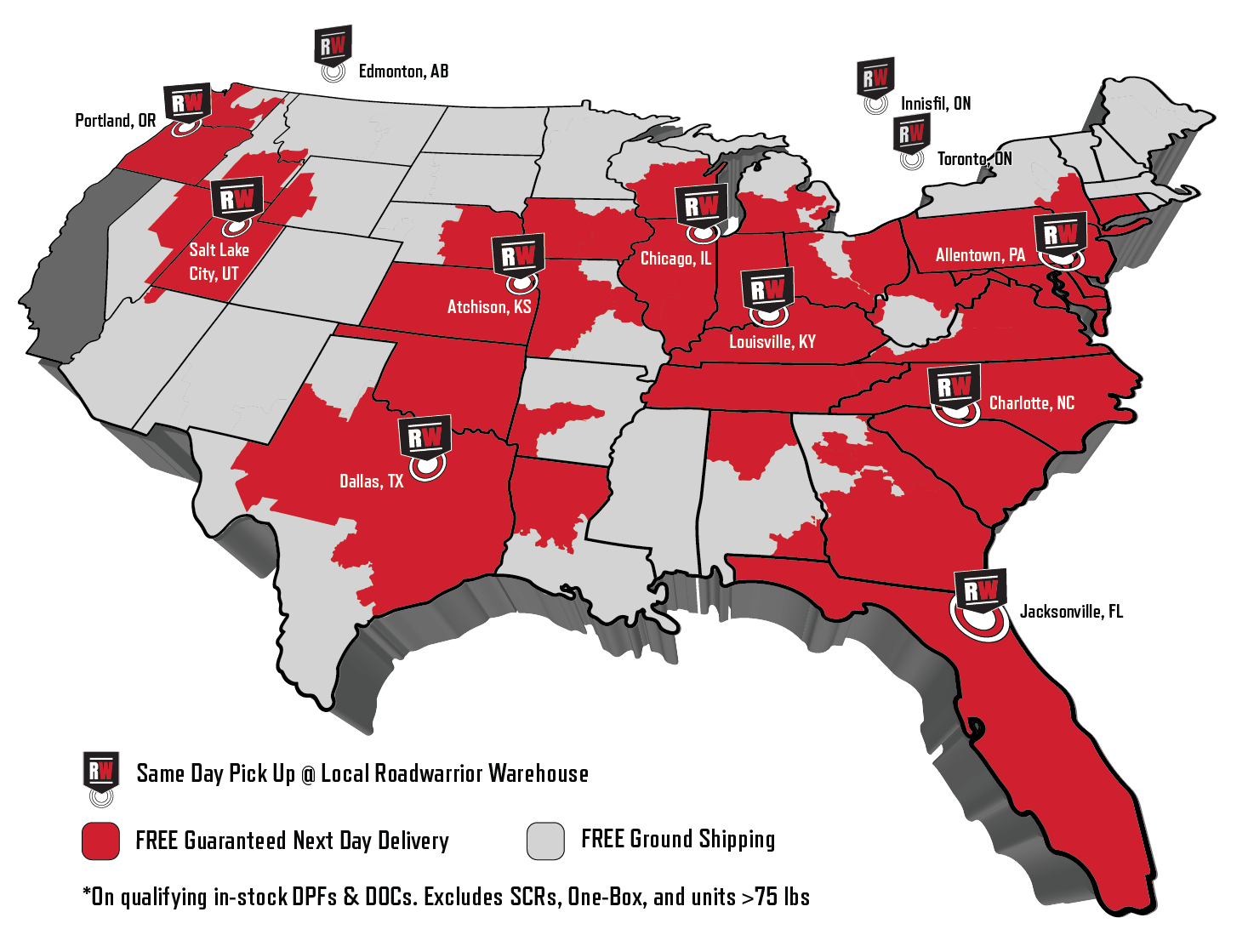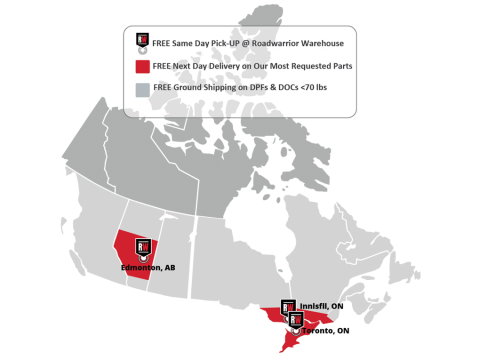What Is the Best RV Battery For Boondocking?
Boondocking, or dry camping, is very popular in the RV community. It means parking your RV, cheaply or for free, somewhere without the key facilities you find in developed RV campsites. These include sewage dump, clean water pumps, Shore Power access and more. The term boondocking covers everything from thrifty overnight stay in a Walmart car park (wallydocking), to an off-grid getaway in a beautiful wilderness park. Before reaching your destination, it’s important to top up the water tanks and fully charge the house battery bank. To ensure you have enough power for the whole trip, we recommend using lithium batteries like our LightningVolt™ in your house bank.
So, what are the benefits of a lithium RV battery?
2× The Usable Power
A 12-volt lithium RV battery has a much greater depth of discharge, doubling the usable power. This lets you power your appliances for twice as long between charges. This enables digital nomads working on the road to camp in more remote spots and still have enough power for home appliances, phones and laptops. For family RVers on the road with children, this extra power also increases comfort and security!

Depth of Discharge
Traditional lead-acid batteries work very well as starter batteries, but using more than 50% of the stored power can damage them. This is a drawback in a house battery bank, which requires deep discharge. Lithium batteries are not starter batteries; they are built for repeated deep discharge and extended use. This means that they work much better than lead-acid options in house battery banks and with electric APUs.
LightningVolt’s™ LFP technology lets the batteries withstand repeated deep discharge to as low as 95%. This is especially useful for boondocking in remote areas, where you may need to use most of your stored power, especially for longer stays. The extra power also lets you save money by wallydocking and staying in cheaper undeveloped campsites more often.
10× longer lifetime
A lithium RV battery like LightningVolt™ lasts 10× as long as its counterparts as it has many more charge cycles. An AGM battery can handle 200–400 charge cycles and should be replaced about every 1–2 years. A 12V lithium RV battery offers 2,000 charge cycles when you discharge the battery to 95% and over 4,000 cycles when you discharge it to 50%. This means LightningVolt™ batteries last 5–10 years, depending on use. For full-time RV residents mindful of the budget, this means significant long-term savings.
Weight Savings
Experienced RVers quickly learn the value of limiting how much stuff they keep in the RV to account for limited space and weight allowances. One way to do this is to make sure as many items as possible are multi-purpose. Another way is to avoid bulky, heavy items where possible, and stick to essentials! 12V lithium RV batteries weigh half as much as traditional AGM and lead-acid batteries. With multiple batteries on board, this adds up to significant weight savings, and the lighter batteries are easier to install. LightningVolt™ batteries are also maintenance-free, with no potential for spills and no need to add water. This means you can mount them in virtually any position and install them wherever is convenient for you.
Near Zero Self-Discharge
LightningVolt™ benefits from zero self-discharge, which is handy for those who only use their RVs for dry camping in the warmer months. This means you can store your lithium RV batteries for months at a time, without them running down or becoming damaged. This is an advantage over lead-acid batteries, which tend to self-discharge, especially in warmer temperatures; they need to be regularly used and re-charged to avoid damage.
Designed for Trucks
The Roadwarrior team originally designed LightningVolt™ batteries for heavy-duty commercial trucks. They are durable enough to withstand high levels of vibration, shocks, and extreme conditions. This means they can easily handle regular use on both FSRs and highways, without the risk of damage. This is an advantage for boondocking/ dry camping, as the roads to remote beauty spots are often unsealed. With LightningVolt™, you can rest assured that your batteries will survive the journey undamaged. They also come in a GRP 31 size, making them an exact-fit replacement for your existing RV house batteries.
You can find out more about our lithium RV batteries on the LightningVolt™ RV page, or learn more about boondocking and dry camping below.
Key Boondocking Terms To Know

Developed Campsite
This is paid campsite that offers facilities for car campers and RVers, and which is overseen by campsite attendants. More expensive developed campsites usually have RV facilities like showers, Shore Power, sewage dump and water pumps. They may also have leisure facilities like swimming pools and children’s playgrounds.
Some developed campsites also offer cheaper RV spots, with a firepit, picnic table and water tap, but no power access or sewage dump. These cheaper spots are still a form of boondocking, where you rely on your house battery bank and existing supplies. Some developed campsites allow generators, but others do not, or only permit them within restricted hours.
An undeveloped campsite is usually an unattended campsite where RVs park for free. These campsites sometimes have a fire pit and picnic table, but don’t offer Shore Power or sewage dump facilities.
Wallydocking
Most Walmart stores have designated areas where RVs can park for free overnight. There are Walmart stores throughout North America; this convenience makes wallydocking a popular money-saving option for RVers on the move. Walmart car parks do not provide any RV facilities, so this counts as a form of boondocking. It’s worth noting that not all Walmart locations let RVs run generators, so it’s best to have a fully charged house battery bank.
Check out our other RV blogs for more helpful tips and advice, or head to our LightningVolt™ page for more information on lithium batteries.





